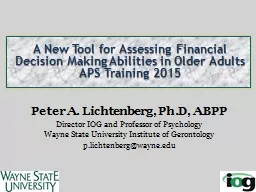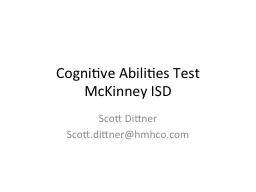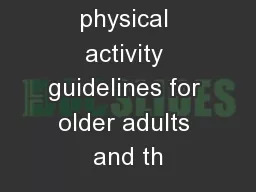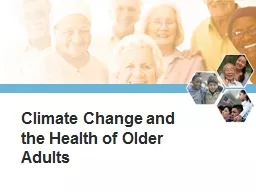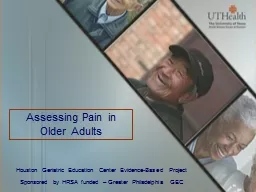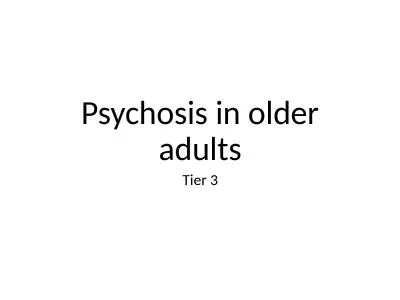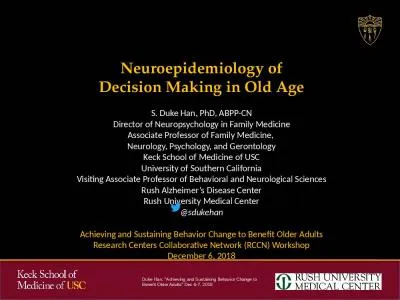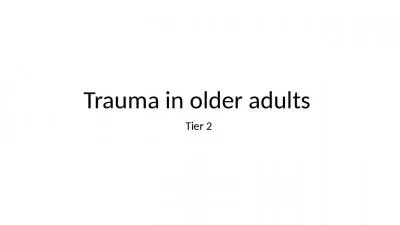PPT-A New Tool for Assessing Financial Decision Making Abilities in Older Adults
Author : lois-ondreau | Published Date : 2018-10-13
APS Training 2015 Peter A Lichtenberg PhD ABPP Director IOG and Professor of Psychology Wayne State University Institute of Gerontology plichtenbergwayneedu Acknowledgements
Presentation Embed Code
Download Presentation
Download Presentation The PPT/PDF document "A New Tool for Assessing Financial Decis..." is the property of its rightful owner. Permission is granted to download and print the materials on this website for personal, non-commercial use only, and to display it on your personal computer provided you do not modify the materials and that you retain all copyright notices contained in the materials. By downloading content from our website, you accept the terms of this agreement.
A New Tool for Assessing Financial Decision Making Abilities in Older Adults: Transcript
Download Rules Of Document
"A New Tool for Assessing Financial Decision Making Abilities in Older Adults"The content belongs to its owner. You may download and print it for personal use, without modification, and keep all copyright notices. By downloading, you agree to these terms.
Related Documents

